The recently launched KAVA has caught everyone's attention. As the native token of the Kava network, it combines the efficient performance of Cosmos with the developer-friendly nature of Ethereum, making it a very special project. In simple terms, Kava is a Layer-1 blockchain that not only provides strong security and ultra-fast transaction experiences but also easily connects the ecosystems of Ethereum and Cosmos.
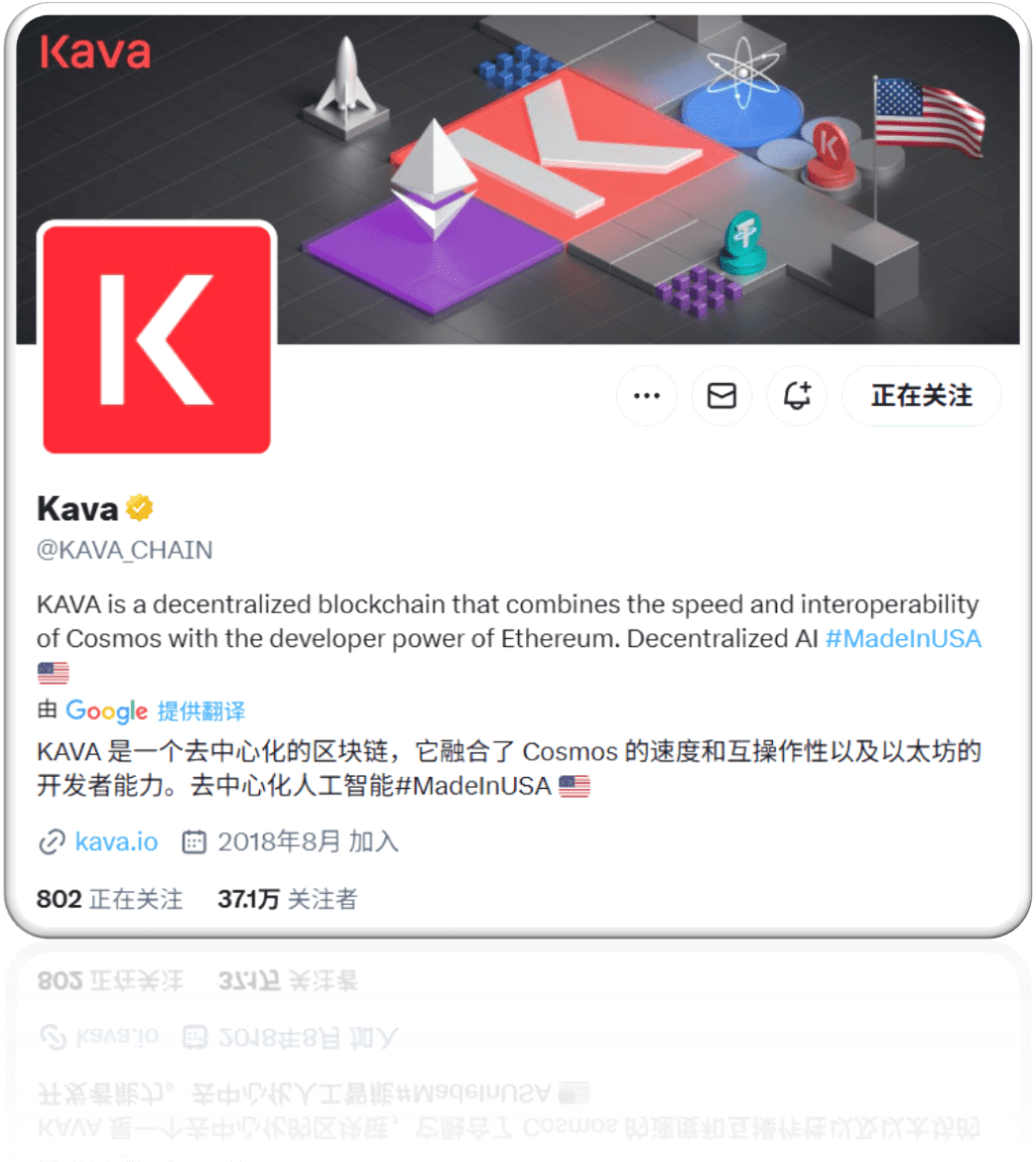
The origin and development history of KAVA
KAVA's beginnings can be traced back to 2018, when the blockchain field was still in an exploratory phase, with various cross-chain interoperability solutions emerging. The Kava team built this decentralized, permissionless network based on Cosmos SDK, featuring strong anti-censorship capabilities. The initial role of the KAVA token focused on securing the network and governance, with a fixed total supply and transparent distribution rules to avoid the troubles of excessive inflation. Today, KAVA has connected over 30 blockchains, covering the Cosmos ecosystem valued at over $60 billion, while the IBC protocol allows for extremely smooth cross-chain asset transfers.
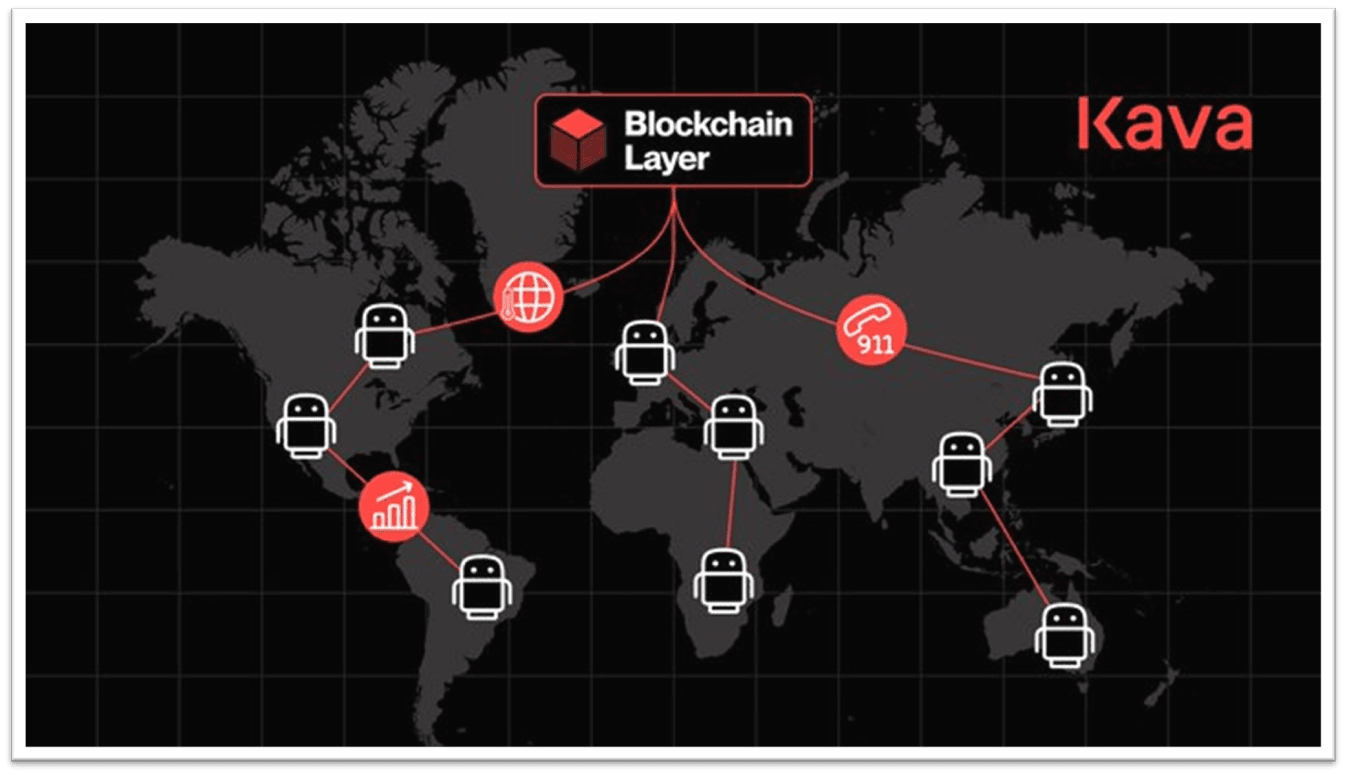
KAVA's staking mechanism
Staking is an important part of the KAVA ecosystem. Users can stake KAVA tokens to the top 100 validator nodes in the network, participate in block validation, and earn rewards. It is crucial to choose the right validator, as issues like node downtime or double-signing can lead to penalties on the staked tokens. Therefore, selecting a reliable node is essential for securing returns. The calculation of staking rewards is straightforward, primarily based on the amount staked and the overall staking ratio of the network. Furthermore, KAVA stakers can indirectly benefit from the ecosystem's development, such as through the Kava Rise project, where the development of dApps by developers can also promote ecosystem expansion.
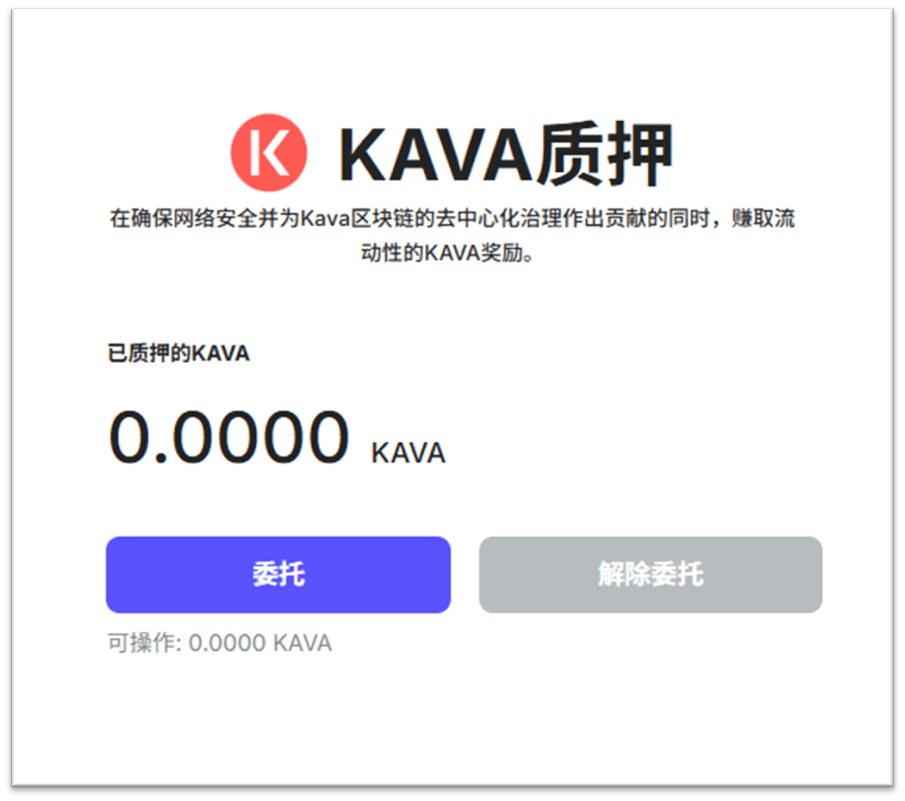
Governance and community participation
The KAVA token holds significant sway in network governance. Holders can participate in proposals and voting to decide various parameters of the network such as asset support, debt limits, and collateral ratios, with a decentralized governance model ensuring that community feedback and decisions are transparent and effective. For example, a 2025 upgrade proposal adjusted the incentives module to promote the growth of TVL (Total Value Locked). KAVA also manages the SAFU fund to ensure network security and reward distribution. Voting rights are allocated based on the number of tokens held, allowing even novice users to participate and fully experience the decentralized decision-making process.
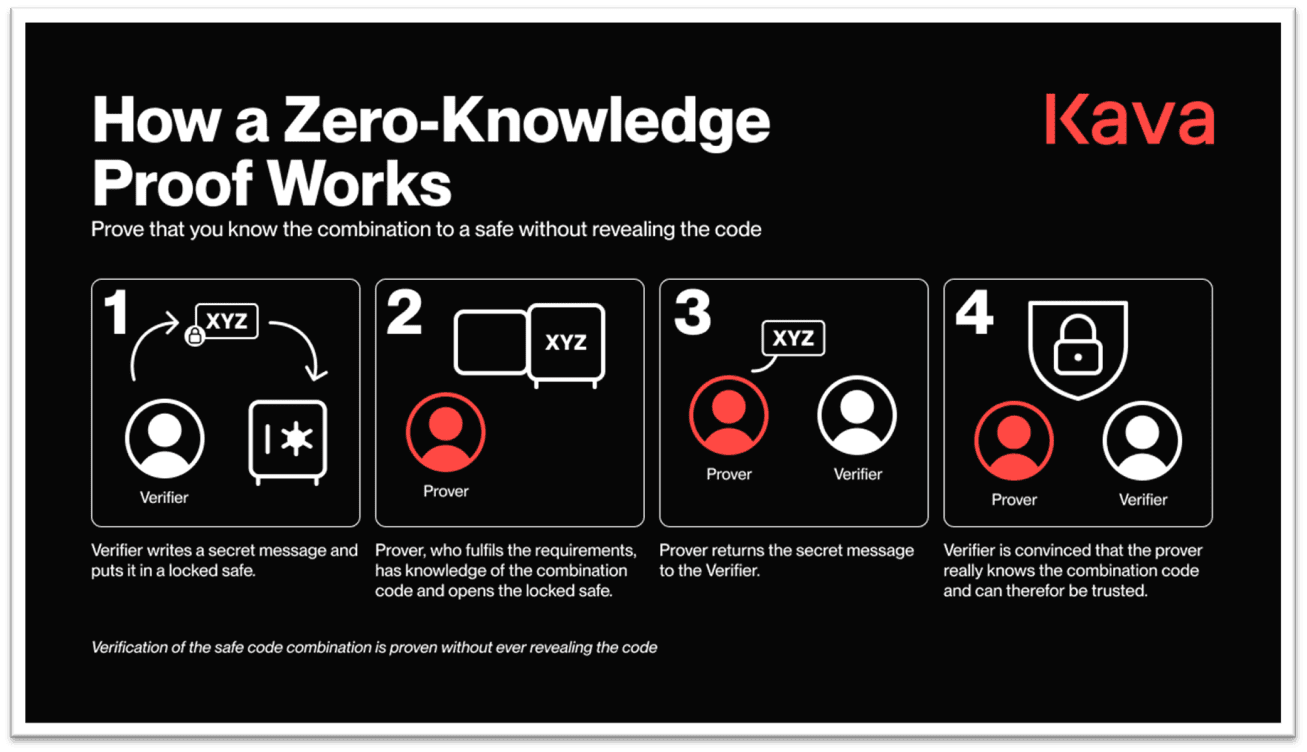
KAVA's DeFi applications
KAVA has also achieved significant success in the DeFi space. Through the issuance of the stablecoin USDX, users can use KAVA as collateral for lending, while earning HARD token rewards in the Kava Lend protocol. Additionally, KAVA supports on-chain wrapping of various non-native assets (such as BNB and BTCB) and enables cross-chain transfers, making operations simple and cost-effective. Its EVM compatibility allows Ethereum developers to smoothly migrate smart contracts, significantly reducing Gas fees. Users can also engage in collateralized lending through KAVA and trade assets in the Swap protocol, enjoying high liquidity and secure risk management.
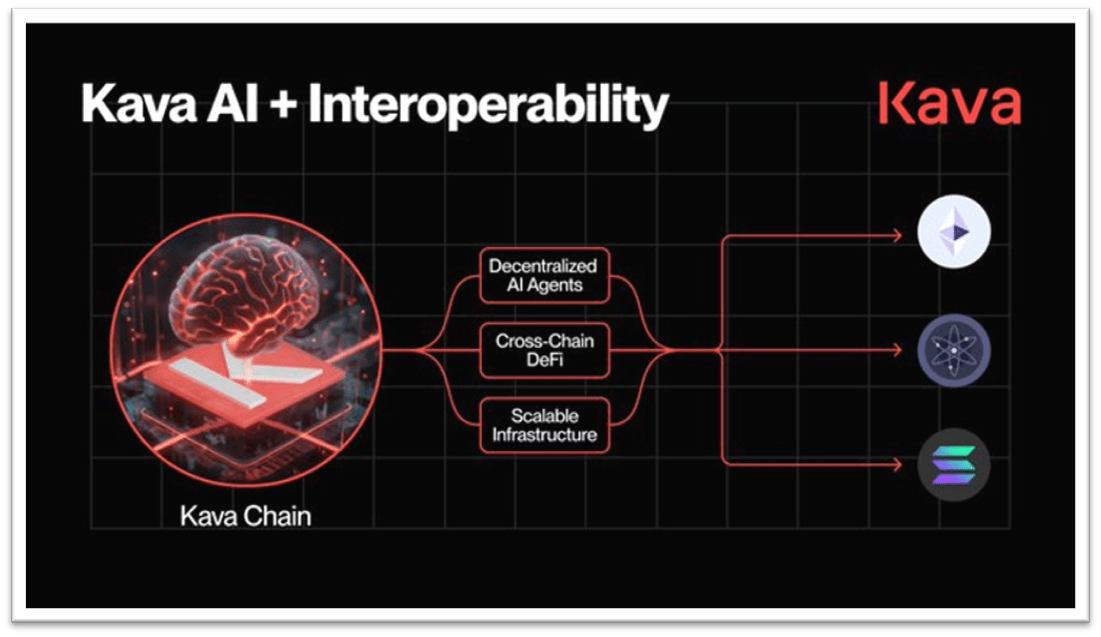
Cross-chain interoperability and ecosystem expansion
KAVA's cross-chain interoperability is one of its highlights. Based on the Tendermint consensus mechanism, the Kava network can achieve short block confirmation times and strong finality, greatly enhancing its anti-censorship capabilities. Numerous collaborative cases with Cosmos Hub demonstrate that KAVA can directly interoperate with assets like Atom, further promoting ecosystem integration and expansion. Moreover, KAVA's developer toolchain is well-developed, and local testnet deployment is simple, facilitating the rapid integration of emerging applications such as NFTs and GameFi.
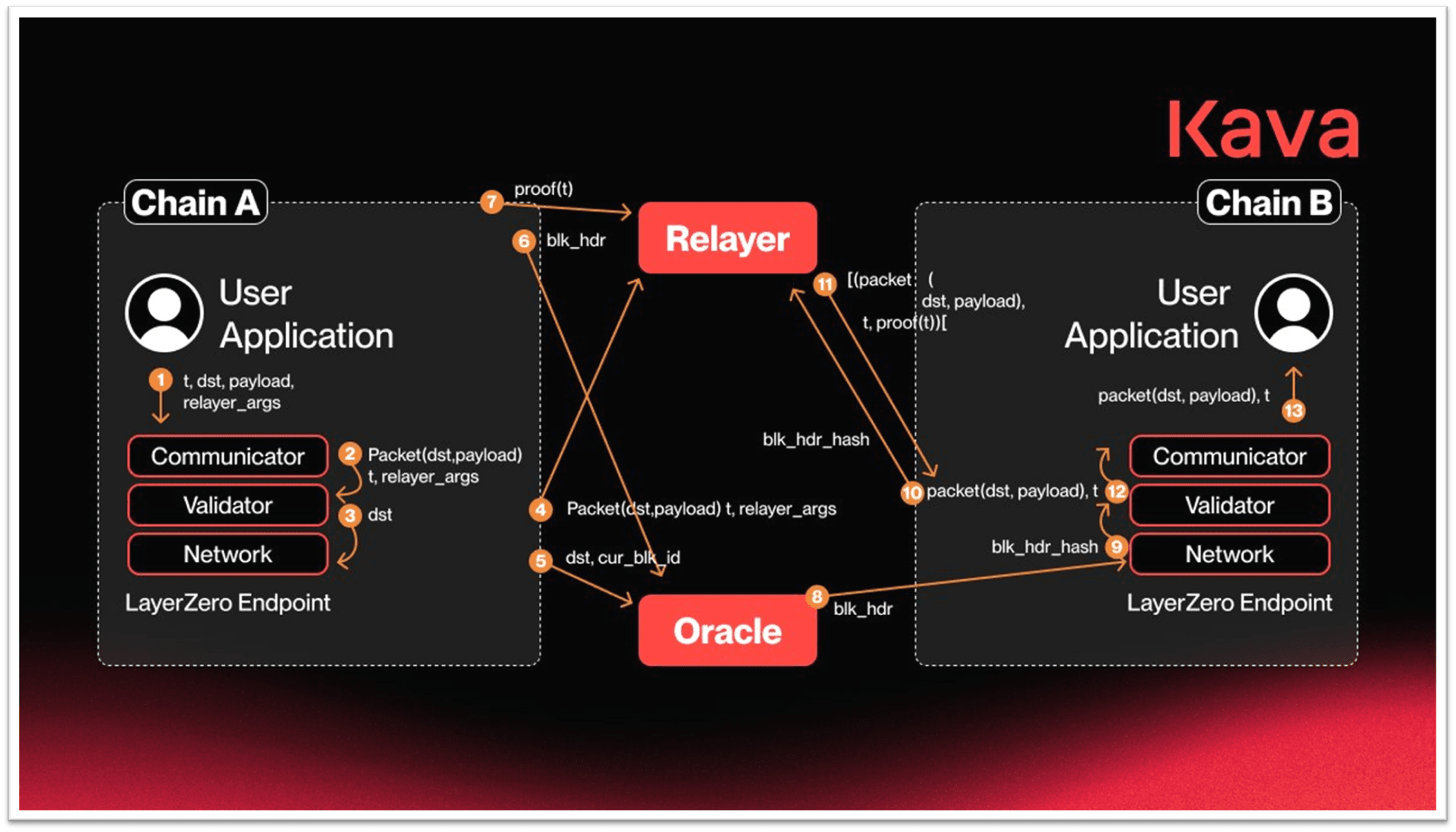
Future outlook and market fluctuations
The market performance of the KAVA token is influenced by various factors, including the market trends of DeFi and the growth of the ecosystem. The price is expected to fluctuate between $0.37 and $0.97, depending on the network's ecosystem development and market demand. KAVA's inflation and deflation mechanisms are well-balanced, and in the long run, holders can expect robust returns. Continuous upgrades and optimizations of the network are underway, with KAVA's technical team striving to enhance performance to ensure the stability and scalability of the network.
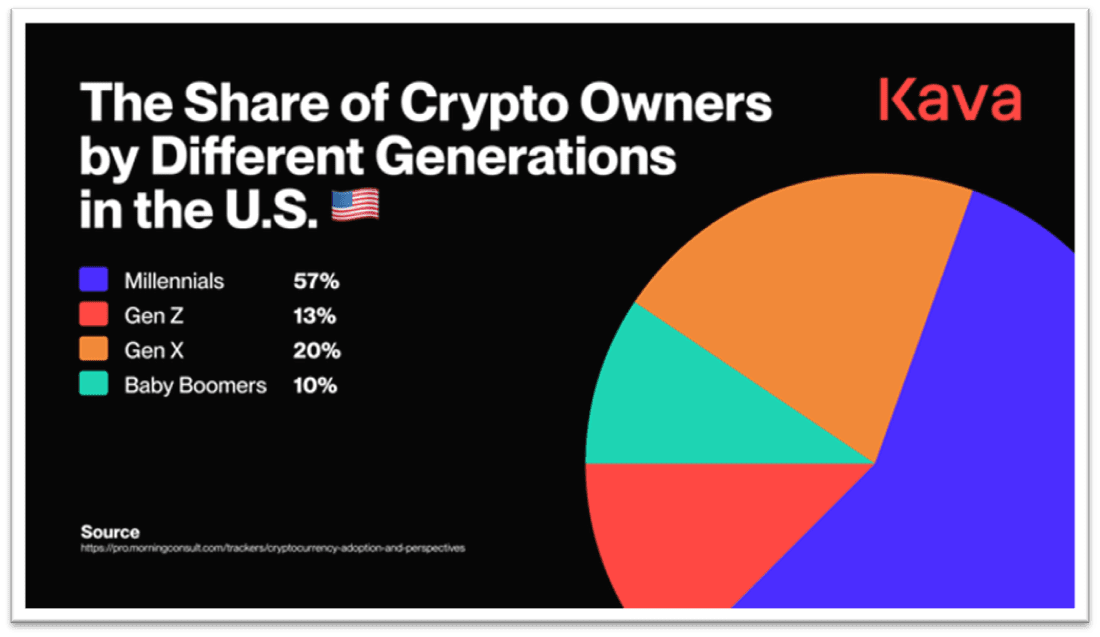
Summary
KAVA is not just a token; it represents the future of cross-chain interoperability, connecting Ethereum and Cosmos, becoming a core infrastructure of the Web3 era. With the development of DeFi, NFTs, and GameFi, KAVA's potential will be further unleashed. Whether for investors or developers, there are abundant opportunities to be found in the KAVA ecosystem, with limitless prospects for the future.
The KAVA token is worth paying attention to as it leads us towards a decentralized future! 🚀

